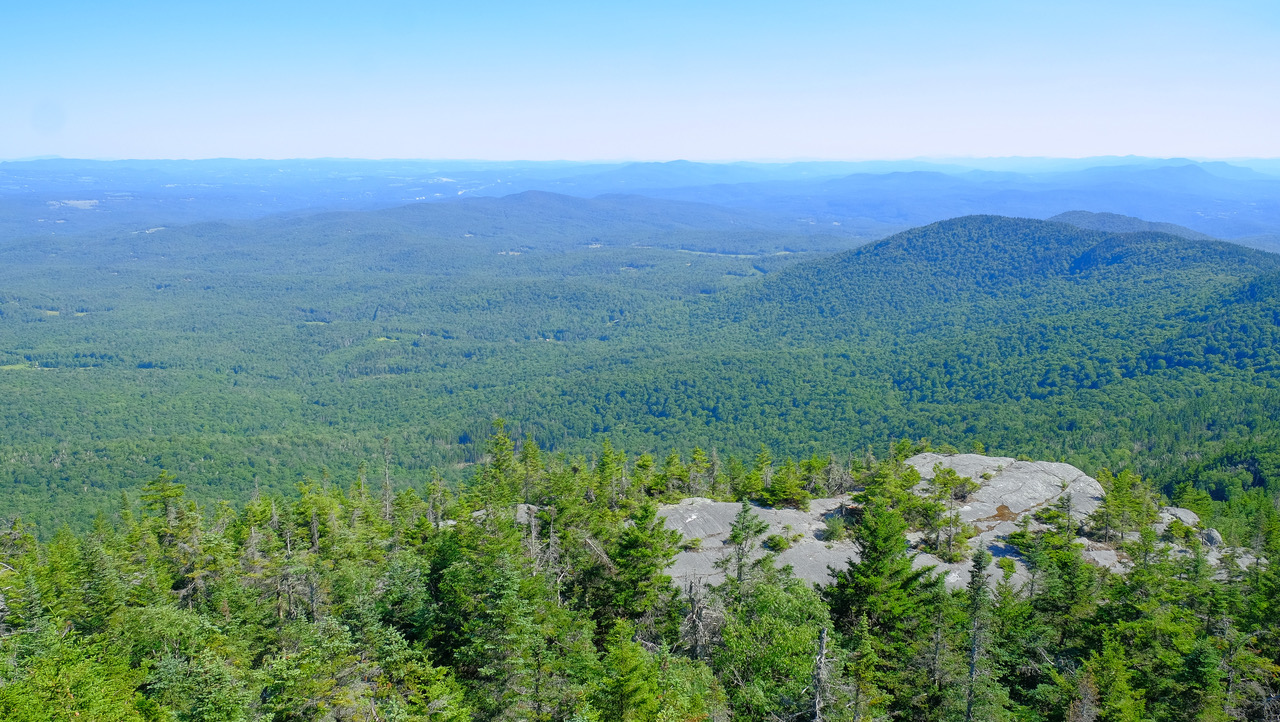
Vermont’s current use program, which provides landowners with a lower property tax rate for undeveloped land, is set to see a new category that allows landowners to prioritize conservation.
With few exceptions, the benefits of current use, which launched in 1980, have been available only to landowners who farm or harvest trees on their land.
The idea is that, in exchange for receiving a lower tax rate, landowners contribute to Vermont’s economy. Current use has been hailed as an effective way to safeguard Vermont’s working forests and rural character.
But recently, a group of conservationists and lawmakers has emphasized that societal benefits also come from cultivating old-growth forests and protecting untouched land, especially as Vermont continues to see impacts of climate change.
To that end, Rep. Amy Sheldon, D-Middlebury, introduced a bill, H.697, to include more conserved land in current use. Gov. Phil Scott signed the bill into law on Friday.
“We learned through testimony that Vermont, of the Northeastern states, has the least amount of old forests,” Sheldon said. “In our quest to both protect our communities from climate change and also conserve biodiversity, this is one piece in the puzzle to do that.”
Climate change, the bill says, “is best mitigated and adapted to through a diversity of forest management strategies and forest conditions in Vermont.”
“The science has made abundantly clear that wild forests store and sequester more carbon, on average, than managed forests,” said Jon Leibowitz, executive director of Northeast Wilderness Trust, one of the only groups in the Northeast that doesn’t allow logging on the land it conserves. “Science has also made abundantly clear that wild, old and complex forests harbor more biodiversity than young and managed forests.”
With only 3% of forests in Vermont managed as “wild” so they will eventually grow old, Leibowitz said, “there is plenty of room for more wildlands” without significantly impeding Vermont’s working forests.
Less than 1% of Vermont’s forests have reached old-growth status, according to the Department of Forests, Parks and Recreation, but the vast majority of forest in the state is privately owned — and the majority of privately owned land is enrolled in current use.
Forests cover nearly 4.6 million acres of Vermont’s 6 million acres, and 80% of those acres are privately owned. Of all of the privately owned forest, 60% — around 16,000 parcels totaling around 2 million acres — is enrolled in current use.
“The single greatest entryway to private land, and the piece of legislation that touches on more landowners than any, is current use,” Leibowitz said. “If we are trying to conserve land as wild, you have to engage with the private landowners.”
Starting on July 1, 2023, the new law will establish a “reserve forestland” category that allows landowners who have certain environmentally significant traits on their land to enter the program without farming or logging it.
On parcels of up to 100 acres, 50% must be land that’s considered significant or sensitive, and on parcels of 100 acres or more, those conditions must make up 30% of the enrolled land.
“The bill is a win for landowners who want to be managing for old forest and protecting biodiversity,” Sheldon said.
In the next several years, the commissioners of the Department of Forests, Parks and Recreation and the Department of Taxes will issue reports for lawmakers that will outline the mechanics of the program and account for the number of participants.
Some conservationists hoped the bill would have opened the category to more landowners — preliminary estimates said the category would likely be open to around 30% of landowners at first.
“Enacting this improvement to the Current Use Program is a positive but modest step forward for Vermont’s forests,” said Lauren Hierl, executive director of Vermont Conservation Voters.
She urged the governor to also sign “the rest of the complementary and essential forest policies passed by the Legislature this year,” including S.234, a bill that would revise Act 250, and H.606, which would take a step toward conserving 30% of the state’s lands by 2030 and 50% by 2050 in alignment with a national movement.
Leibowitz lauded the bill’s passage as an “enormous step in the right direction.”
“I think it is a really important day for the history of wild lands conservation in Vermont,” Leibowitz said. “It’s a sign that there is a greater recognition that we ought to balance both the conservation of wild lands and the continued conservation of managed woodlands.”


